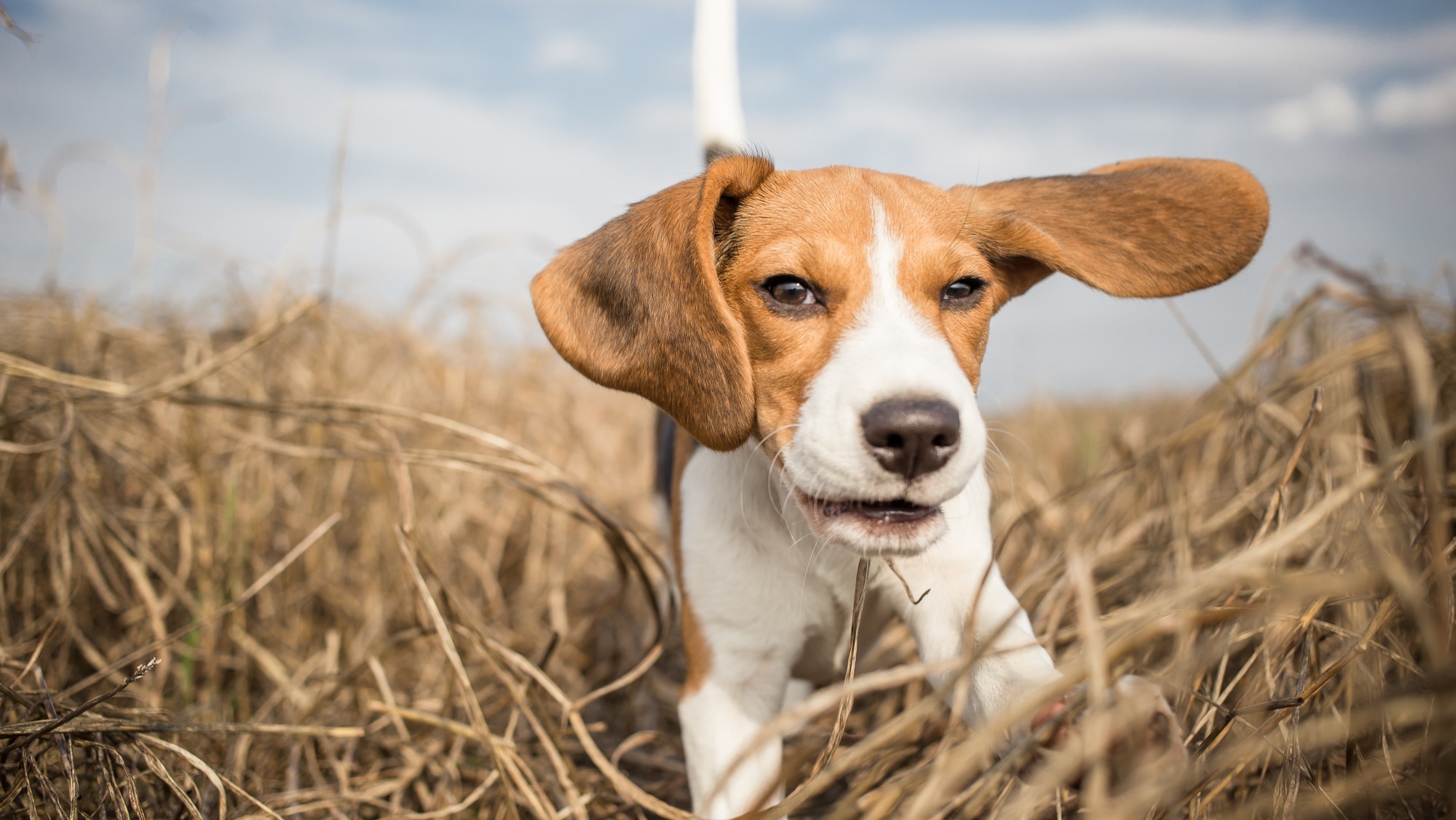

The small medical sensors known as continuous glucose monitors, or CGMs, were first developed to track the blood sugar levels of people with diabetes. But they have recently expanded to several other uses—they’re not just for humans anymore. Veterinarians are repurposing the devices to monitor their furry patients and help regulate diabetes with medication.
Diabetes is fairly common in dogs and cats, occurring in about 1 in 300 patients. The biggest problem with this disease in pets isn’t its scale, though, but the burden of care, says Chen Gilor, a veterinarian and diabetes specialist at the University of Florida. Animals with diabetes require daily medication such as insulin, which needs regular monitoring to get the doses right.
That can be tricky for vets and owners. “The question is, how do you make it easier?” says Gilor, who researches veterinary diabetes and has worked with several pharmaceutical companies that manufacture diabetes products. CGMs, he says, might offer a better alternative.
Traditionally, veterinarians measure blood sugar levels in pets using a technique called glucose curves, in which vets periodically take blood samples over roughly 12 hours and manually plot the data. The labor-intensive tool may not give an accurate picture of typical glucose levels because situations that cause anxiety in pets, like going to the vet, skew blood sugar.
“It’s stressful. It’s expensive. And, the biggest problem is: It’s a lot of variability,” says Catharine Scott-Moncrieff, a veterinarian at Purdue University who specializes in small animal endocrinology. Blood sugar varies daily, so it’s difficult for vets to make treatment decisions based on just a few hours of data. Because CGMs measure glucose levels every few minutes, they can give vets a better sense of fluctuations and daily averages.
[Related: Declawing cats is harmful. Do this instead.]
The monitors consist of two main parts: an electrode coated in enzymes, which is inserted under the skin with a guide needle, and an inch-long sensor, adhered to a shaved patch of skin on a pet’s upper back. Rather than directly reading blood sugar, the electrode measures glucose in interstitial fluid—the liquid surrounding the body’s cells—which slightly lags behind changes in blood. Veterinarians usually place the devices in their office and then send their patients home, where the CGMs collect data, transmitted to a smartphone or monitor via Bluetooth.
The sensors typically last up to two weeks—if they aren’t scratched off before then. (Even if a pet yanks out the device in this way, the electrodes are too thin to cause any harm.) Gilor says that while dogs tend not to mind the devices, cats are less tolerant. More finicky patients may have to wear jackets to prevent this preemptive removal.

CGMs are most useful initially for determining insulin dosages, especially for newly diagnosed patients, says Scott-Moncrieff. Then, vets can apply a new CGM every few months to check in and see whether adjustments are needed.
Gilor also highlights the efficiency of regulating his patients’ diabetes with the monitors. While it might take months to regulate a dog or cat with glucose curves, he says vets can adjust insulin to the right levels in a matter of weeks when using a CGM.
Although the devices are becoming common in veterinary practices, animal-specific devices are not currently available on the market. Instead, vets prescribe human CGMs off-label. Abbott’s Freestyle Libre is most popular, says Scott-Moncrieff. Without insurance, the newest version retails at about $75 per sensor. (By comparison, a glucose curve may cost owners well more than $100.)
Several studies of the Freestyle Libre in dogs and cats found the device reliably measured normal and high blood sugar levels, though it showed more variation for animals with low blood sugar. Additional studies are evaluating newer versions of the monitor, which is already in its third generation. “You really have to stay up to date on the technology, because it’s always changing,” says Scott-Moncrieff.
Despite its promise, using this human technology for pets comes with some hurdles. For example, the adhesive isn’t intended for animal skin, so vets often use extra, which can sometimes cause irritation.
[Related: Should pets wear Halloween costumes? Your furry friend can help you decide.]
One diabetes management company, ALR Technologies, is developing a CGM specifically for cats and dogs. It decided to expand into the animal health space after noticing a lack of tools for veterinarians. “They’re just in such a need for a better way to check blood sugar,” says Joe Stern, who heads ALR’s animal health division.
The device, called GluCurve, uses a pet-friendly adhesive and applicator. Its software, which includes a specialized dose calculator for insulin treatment, is designed to share data across a veterinary practice. GluCurve was soft-launched in January and is now off the market while the company modifies the hardware design. It plans to begin selling the product again in the next few months, according to Stern.
Monitoring blood sugar with any type of CGM requires involvement from a pet’s owner and veterinarian, and it often falls to vets to teach themselves and their clients how to use the tech. “It can be quite intense for veterinarians to have to manage all this additional information. There’s always a downside to technology,” says Scott-Moncrieff, which in this case is mostly time and education. Fluctuations in blood sugar are normal—but concerned owners might need reassurance. She also emphasizes that it’s important for owners to consult with vets before making any treatment decisions. With that in mind, Scott-Moncrieff says, “it’s really powerful technology.”
